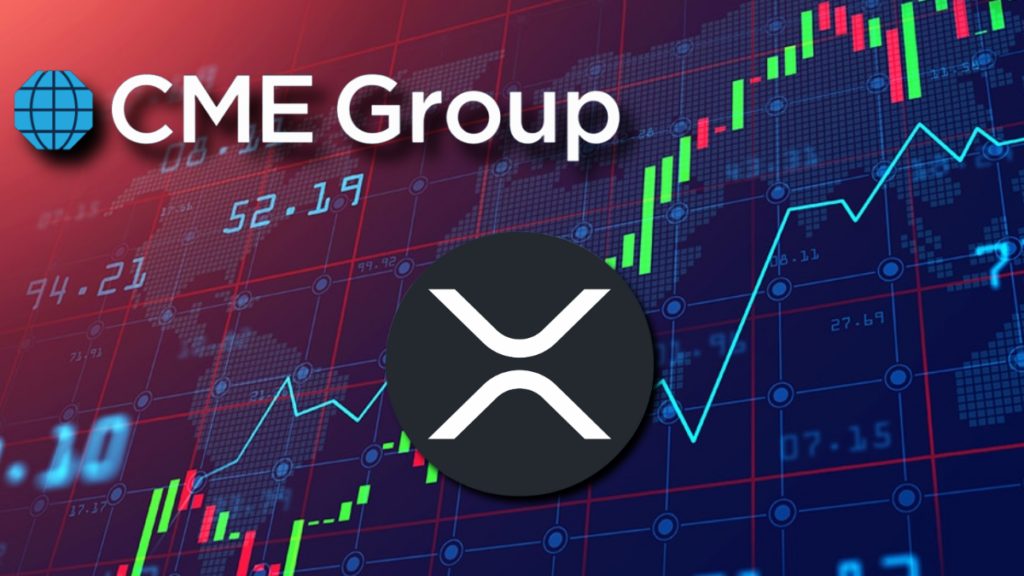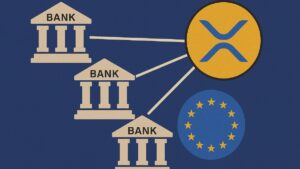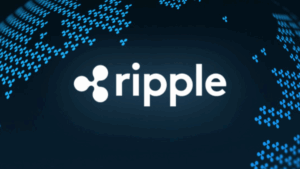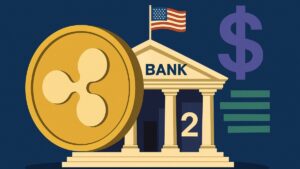TL;DR
- CME launches XRP futures on May 20, giving institutional investors regulated access to Ripple’s token.
- While XRP trades near $2.35, legal and ETF uncertainty remains after a key court decision.
- Ripple pushes real-world adoption of the XRP Ledger through a project in Colombia to help farmers via blockchain.
The cryptocurrency market is gaining major momentum with the announcement that the “Chicago Mercantile Exchange” (CME) will launch regulated XRP futures contracts on May 20. This move not only places XRP alongside major institutional players like Bitcoin and Ethereum, but also opens a new chapter for Ripple and its global community of supporters and investors worldwide.
The contracts will be cash-settled and based on the CME CF XRP-USD Reference Rate. Two contract sizes will be available: a standard contract representing 50,000 XRP and a micro contract of 2,500 XRP. This variety allows both large institutional funds and experienced retail traders to gain exposure and hedge with greater transparency and control.
Institutional Expansion and Rising Crypto Visibility
This launch isn’t an isolated event. CME had already introduced futures for altcoins like Solana, showing a deliberate strategy toward assets with broader use cases beyond speculation. In this scenario, the inclusion of XRP marks a strong vote of confidence in its long-term potential, particularly in cross-border payments and decentralized finance solutions.
Meanwhile, XRP is trading around $2.35, aiming to break through the key $2.50 resistance level. Although technical indicators point to a possible bullish breakout and whale wallets have moved over $350 million in recent days, the overall environment remains heavily influenced by regulatory factors. A recent ruling by Judge Analisa Torres kept restrictions on XRP institutional sales in place, temporarily freezing hopes of an XRP spot ETF.

Ripple Bets on Real-World Use Cases Beyond the Courtroom
Despite the legal uncertainties, Ripple continues to innovate. In Colombia, it’s deploying the “XRP Ledger” to improve agricultural traceability and provide microfinance access to underserved rural farmers. This initiative, developed in collaboration with Mercy Corps and traceability platform WËIA, highlights the practical application of blockchain technology in sectors that rarely make crypto headlines.
As investors await a potential new filing and the SEC’s next move, the pro-crypto community views this CME development as a key milestone. It could mark the beginning of a new era for XRP, one defined by increased liquidity, broader institutional access, and tangible use in the real world.










